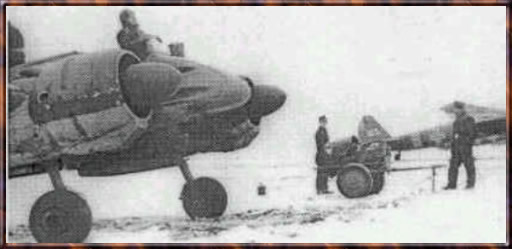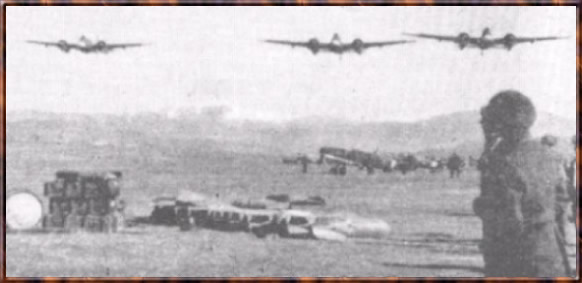Romania received the first Henschel Hs-129B2's in mid 1943.
It is unclear weather they had or hadn't been armed with the 30 mm cannon,
like the planes used by the Luftwaffe, but it is sure that a bomb rack
for a 250 kg bomb was mounted under the fuselage's centerline . The 8th
Asalt ( assault ) Group, which was converting from a fighter unit
to a ground-attack one, was equipped with the new aircraft. On the 12th
of August, 1943, the Hs-129's flew their first combat mission, when 12
Hs-129 bombed the village of Kotovka. The plane quickly demostrated that
in the hands of a capable pilot it was a fearsome weapons, highly effective
against soft or armored targets. Pilots flew them virtually around the
clock, sometimes flying up to 16 sorties per day. Such a number of sorties
was possible only thanks to the excellent work of maintenance crews, who
kept working in any conditions, from dusk till dawn. The 8th Assault Group
was always stationed very close to the frontline, sometimes less than
ten minutes of flying time away, always ready to respond to calls for
air support from hard-pressed troops. But success didn't come without
a price as the group took serious losses ( no less than 10 Hs-129B's were
lost between the 23rd of October and the 2nd of November 1943) , mainly
due to Soviet light AA artillery. It was planned to form a second assault
group ( the 11th ), but there were never enough Hs-129's available, so
pilots training with the 11th group were used instead to replace losses
of the 8th. The group's finest hour came in early November 1943, when they saved the 24th Romanian Infantry Division from almost certain anihilation. Flying their Hs-129B's from dusk till to dawn, the Romanian pilots smashed up every Soviet assault on the lines of their hard-pressed comrades.

